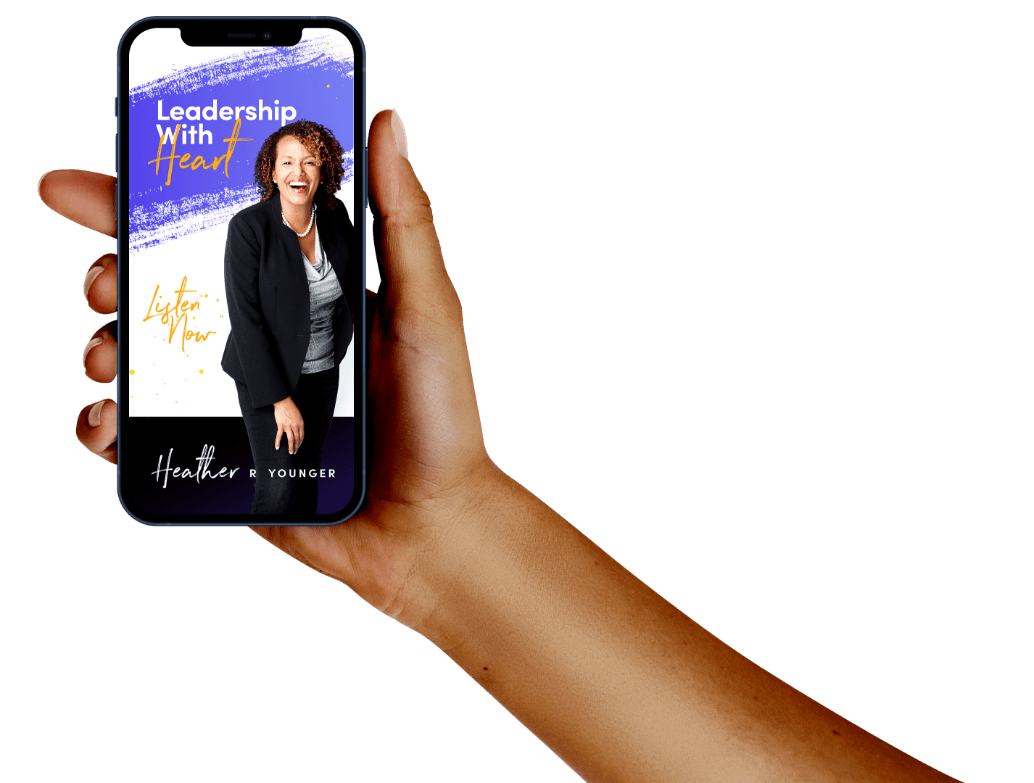Since my kids are off on Christmas break, I had the opportunity to watch The Lorax (2012) with them. Even though I have seen this delightful movie many times, something struck me this time: What good does it do to say an organization has a team who represents the “customer’s voice,” if no one is listening?
In this very impacting story line, a twelve year old boy goes about trying to find a way to grow trees in his tree-less polluted town after a character named the Once-ler many years before succumbed to greed and notoriety by cutting down all of the trees to use to create a unique clothing line. As a byproduct of his actions, the Once-ler meets The Lorax, who is the “Voice for the Trees” and the “Guardian of the Forest.”
The title is impressive, don’t you think?
Here is the problem: The Lorax was the Voice for the Trees, but the Once-lerrefused to listen to him about the perils of cutting down the trees. The Once-ler failed to heed The Lorax’s multiple warnings until all of the beautiful trees had been cut down and the wildlife was forced to leave.
This made me think more about the term “Voice of the Customer.” It, too, sounds impressive, but many times carries little weight because many of us in the field fall short when executing within our organizations.
In the case of The Lorax, the trees were his “customers” and the Once-ler was someone who he was trying to influence to protect the trees. Any of us whom consider ourselves a part of a Voice of the Customer team must first earn respect of stakeholders who may not directly touch the customer in order for the voice to mean anything. Otherwise, it may turn out to be a voice in the forest that nobody will ever hear. In order to drive customer-focused strategies and process improvements and be “the voice” to our organizations, we should focus our efforts in five areas:
1. The Two P’s and One C
The very foundation of truly representing the customer’s voice is what I call theTwo P’s and One C. That is, passion, persistence and consistency. If a program, team or culture does not posses these fundamental traits around all things customer, then the customer’s voice will never truly make its way through the organization and have a positive impact on the customer relationship and the bottom line.
This was true with The Lorax as well. He had to consistently deliver the customer’s voice to the same stakeholder over and over again and deliver it with passion. Without this special combination, the story would not have ended as touchingly as it did.
2. Timing
Like anything, if you wait long enough, something will change. Timing is the key to cultural shifts. It usually stems from planting seeds in fertile soil. Timing is also a key element to stakeholders being more open to hear the customer’s voice more clearly. I have had to deliver feedback to multiple stakeholders multiple times and sometimes in a variety of fashions before anyone was receptive to the message. My success in initiating organizational improvements usually depended upon being at the right place and delivering just what my audience needed to hear at just the right time.
In the case of The Lorax, his time came much later. The Once-ler cut down all of the trees and the citizens of the town had to live in a town where they had to pay for clean air. It was the curiosity and persistence of a young boy to discover a way to re-plant the trees that provided the Once-ler an opportunity to redeem himself and fix what he broke. It also provided the Lorax the opportunity to finally have his message come to life with the restoration of brand new trees. It was just a matter of timing.
3. Speak to your audience
One of the things that The Lorax did attempt to do was to build a relationship with the Once-ler in hopes that he would become more receptive to his advice. The one thing that he did not do was to communicate to the Once-ler in a way that spoke to his needs. The Lorax spoke mostly about external consequences and environmental ramifications. While all of his pleadings were full of merit, he did not take into consideration that which would motivate the Once-ler to change his direction.
Sometimes, as customer advocates, we must all speak to the audience in front of us in completely different ways. For example, if I need to discuss customer feedback or trends with an operations leader, I would focus my message on how the feedback might impact the operations not on how the feedback made me feel. If we want to be effective representatives for the customer’s voice to internal stakeholders, we need to be laser-focused on delivering the right message.
4. Come with data
As someone who is very intuitive and empathetic, I have had to learn that not everyone wants to hear about what I feel in my gut. In fact, most people need to see it to believe it. Any Voice of the Customer culture worth its salt must have aregular cadence of data-mining for customer data and trends and then organizational reporting of the data. This might be a combination of survey data, purchase history, contents found in a CRM and any other customer data that is relevant and can be pulled upon consistently.
Over the years, I have really come to respect the fact that many of my colleagues need to see the data in order to believe what I tell them is the customer’s voice. Personally, I have come to rely on this same data to confirm what my gut tells me. It can be an eye-opening process. Give it a try! I promise you that you will not fall asleep.
5. Group Think
One of the most effective things I have learned over the years is that in order to have organizational buy-in for customer-focused process improvements, theVoice of the Customer team, program and or culture must involve Group Think. The team responsible for fielding, tracking and trending customer voice should always aim to receive the information in a cross-functional way. This ensures that the organization “owns” what you are receiving. Believe me when I say that it is much easier not to go it alone, but to instead solicit internal help from stakeholders in compiling and analyzing data and determining next steps. This might also include having these same people accompany you on customer visits or be present for Customer Advisory Boards.
Being a part of the team responsible for receiving the “Voice of the Customer” can be an isolating experience if we do not learn to reach out to our colleagues and involve them in discovering the nuggets of information hidden in what our customer’s whisper to us.
As this is not an exhaustive list, I would invite anyone reading this article to share their insights on other ways to ensure the success of a Voice of the Customer culture and increase the receptivity of stakeholders to customer feedback.





